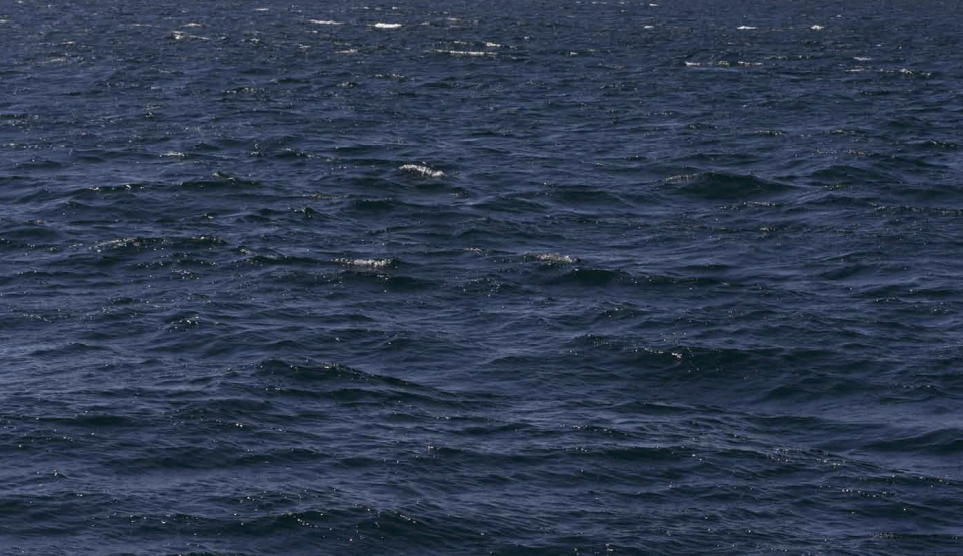I Vesterveg- Kurator
I Vesterveg
I Vesterveg is a collaborative venture between artists and museums on Shetland, Faroe, Iceland, Norway and Denmark. The project will disseminate information about the Nordic cultural inheritance in the North Atlantic area and give the participants inspiration for new contemporary artistic creation. The project will build networks and create contacts and develop the field beyond the national borders. The starting point for I Vesterveg was my interest in old crafts and traditions and my curiosity about cultural inheritance in these countries. For a long time I had had a dream of participating in a project like this, and in the end I decided to create it myself. I was born and raised in Iceland, but have lived as an adult many years in Norway. During these years I have seen a lot of similarities between Norwegian and Icelandic cultural traditions, but also differences. I wanted to see if the same was the case on Shetland, which used to be called Hjaltland in Iceland, and Faroe. As an example, we can look at the different shapes of the spinning wheel: the Icelandic spinning wheel is built upwards, with the reel on the top above the wheel. The Norwegian spinning wheel has the reel placed at the side and is built horizontally. When I came to Shetland I discovered that its spinning wheel shares the same design as the Icelandic one, as does the Scottish. Probably women, taken from the islands by the Norwegian Vikings on their way to Iceland, brought these tools. I wanted to research the development of crafts and art from different angles. How are traditions created, and how do they affect our everyday life and our society? How do they develop and how do we use them today? Also, how can they be shaped artistically to create new pieces of art? The countries are geographically close and historically share much: the sea, language, access to resources, and handicraft traditions such as boat building, house construction, culinary traditions, textile production, and the use of turf and peat, etc. In earlier times, the sea connected these countries. Now the sea is disconnecting the countries because travelling by boat is too demanding in a society where speed and efficiency matters. This also affects human communication. Once the language community of which Shetland was a part contributed to extended contact: today we need to communicate in English. During the summer of 2005 I made a journey from the west coast of Norway, westwards to Shetland, on to Faroe and further west to Iceland. My aim was to find interest in a collaboration between the countries on the subject of cultural inheritance. On my way I created a network of institutions and artists who were interested in participating in the project. I wanted to create a group consisting of both artists who worked in conceptual art and artists who had a material-based approach. The idea created a lot of interest. I was encouraged to realise an artistic project which had been on my mind for many years. Two artists from each country are participating, and over two years the artists/artisans from Iceland, Faroe, Shetland and Norway have met in each other’s countries. The fact that the participants had the opportunity to experience the culture, nature and society in each hosting country is a basic part of this project. Two meetings were held the first year, in Norway and Shetland. The year after, we met on Faroe, and then in Iceland. To inform and inspire the artists lectures and seminars on tradition, history and cultural inheritance were held by the host country.


